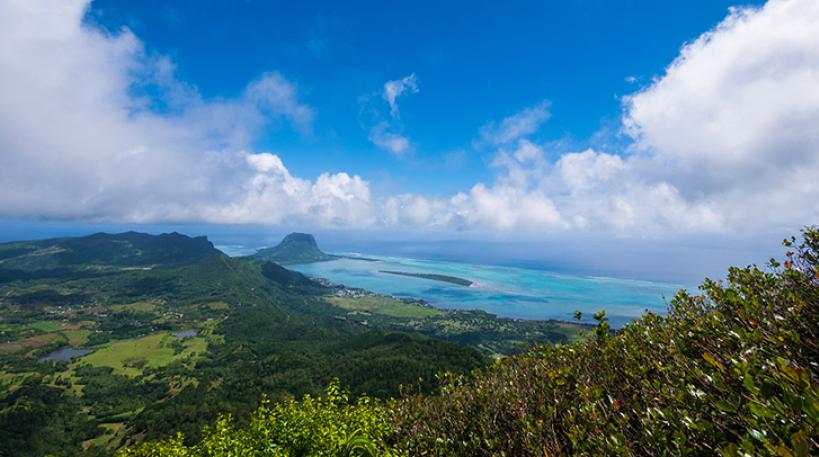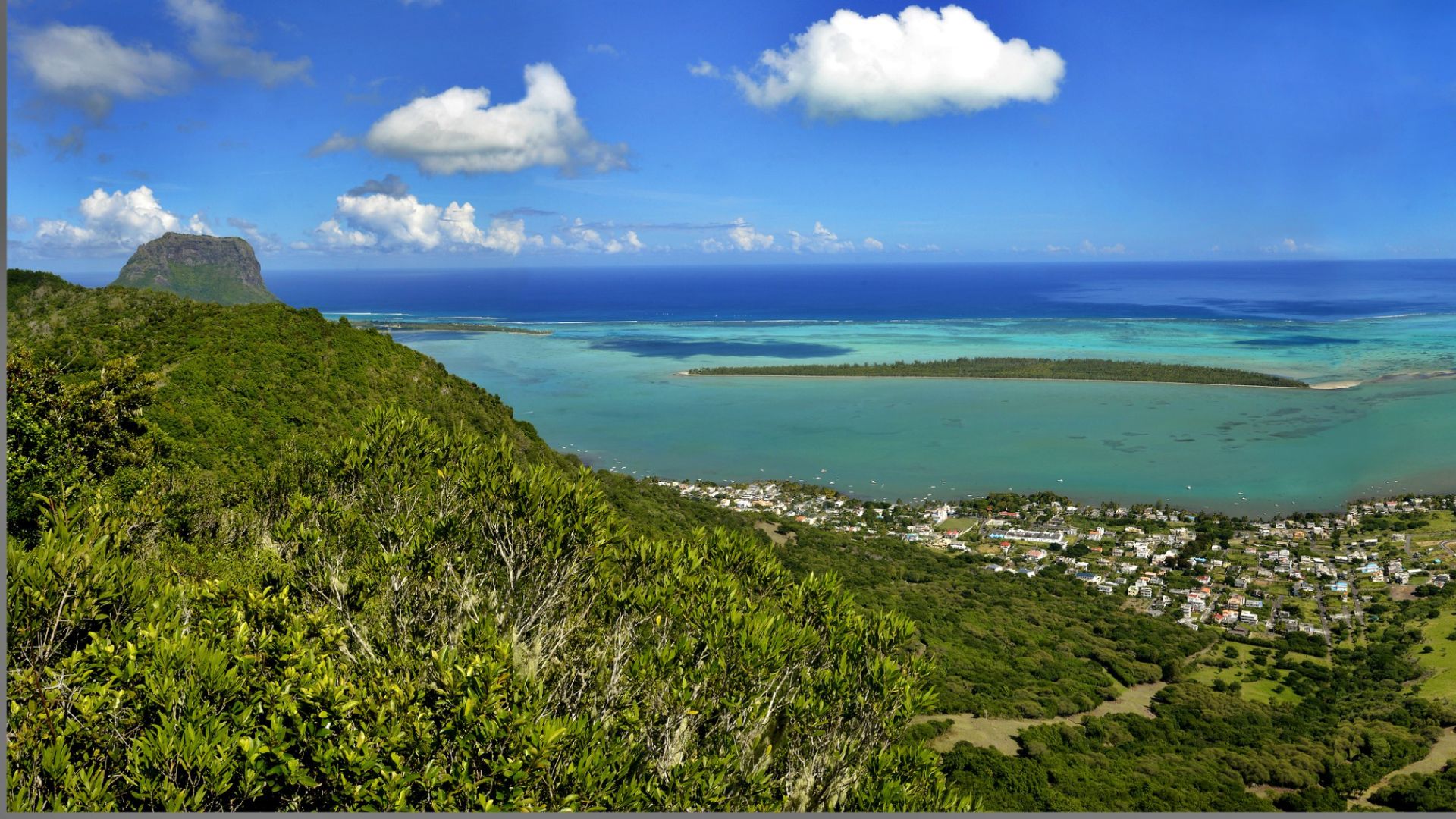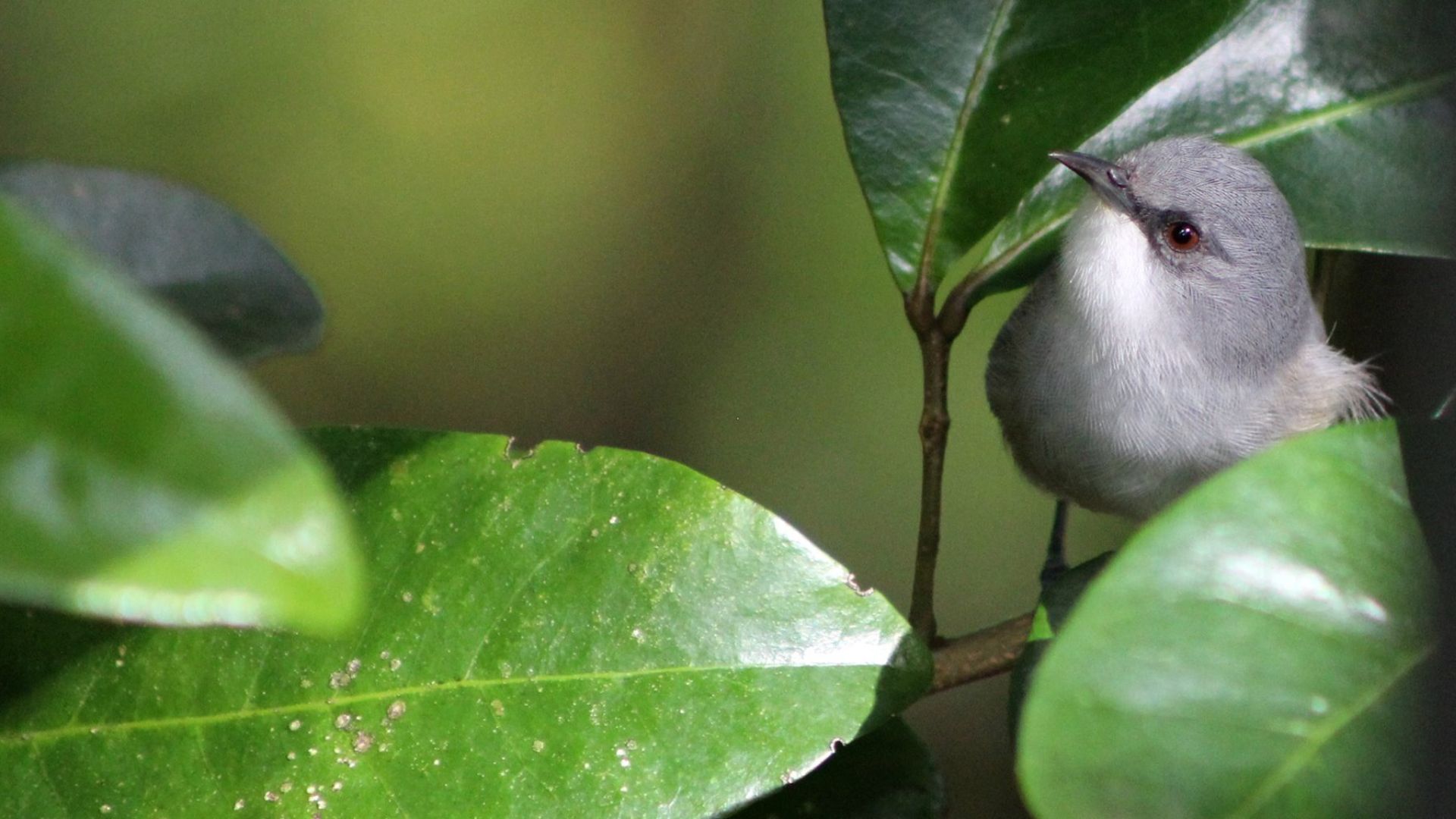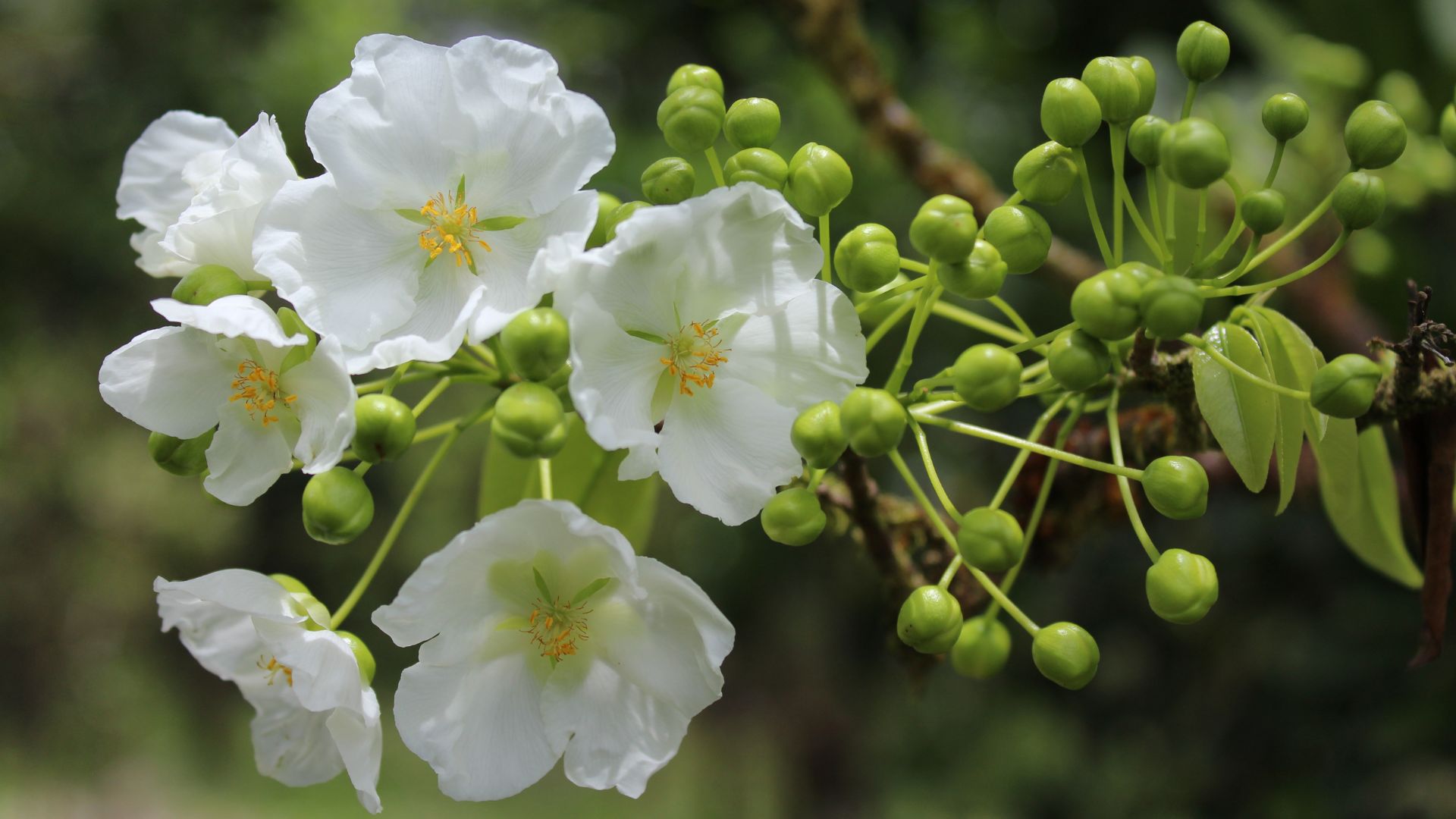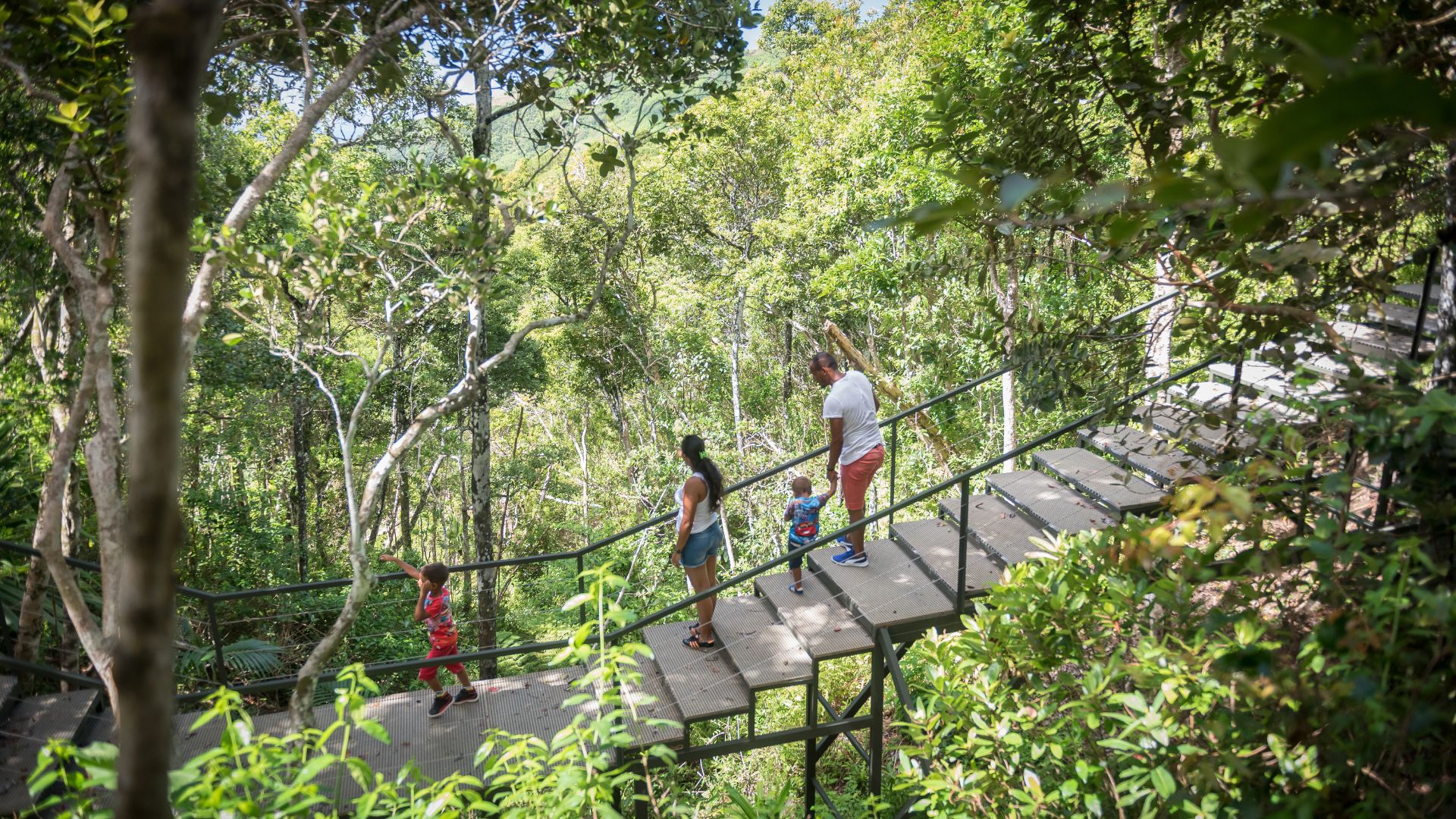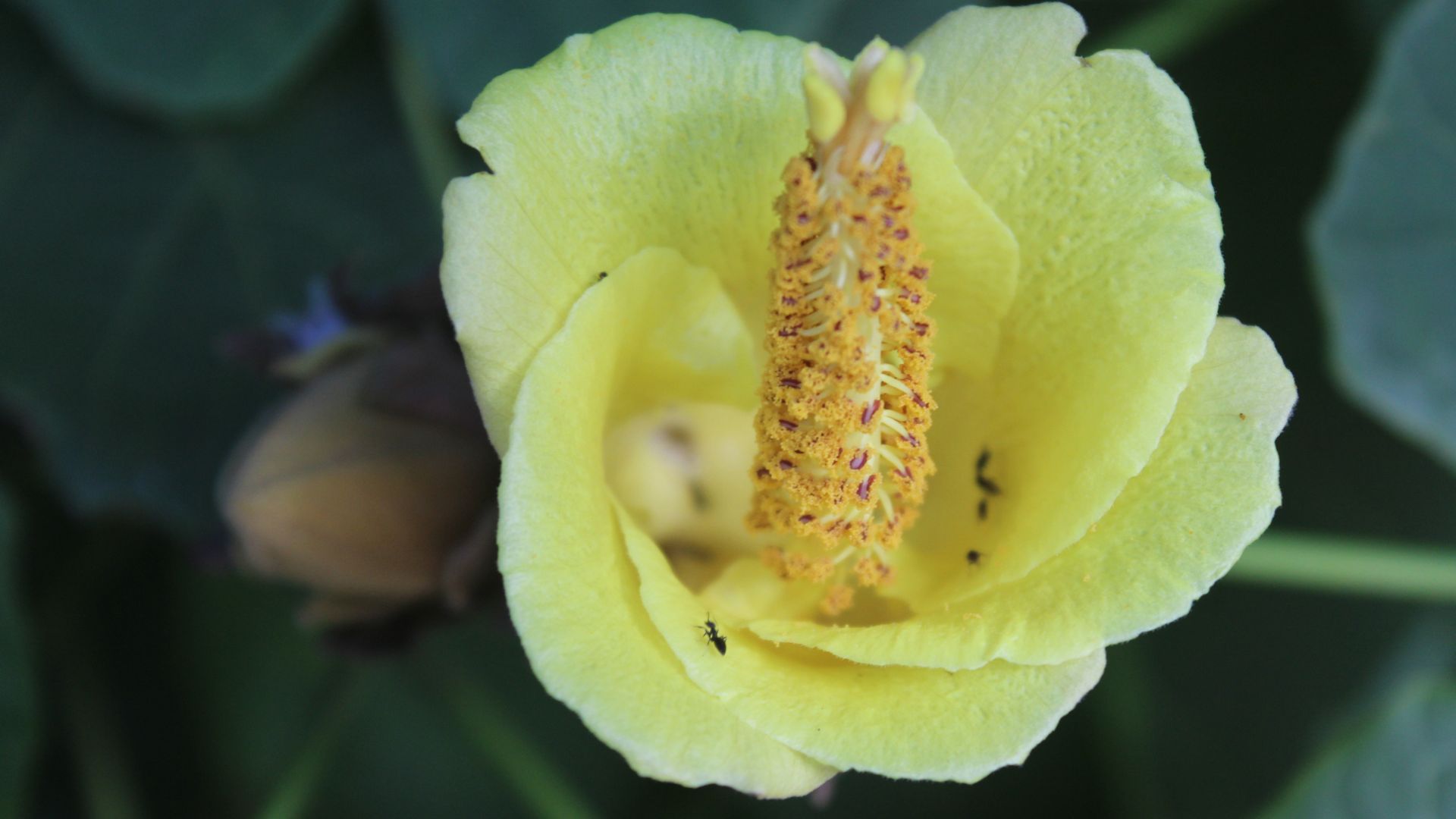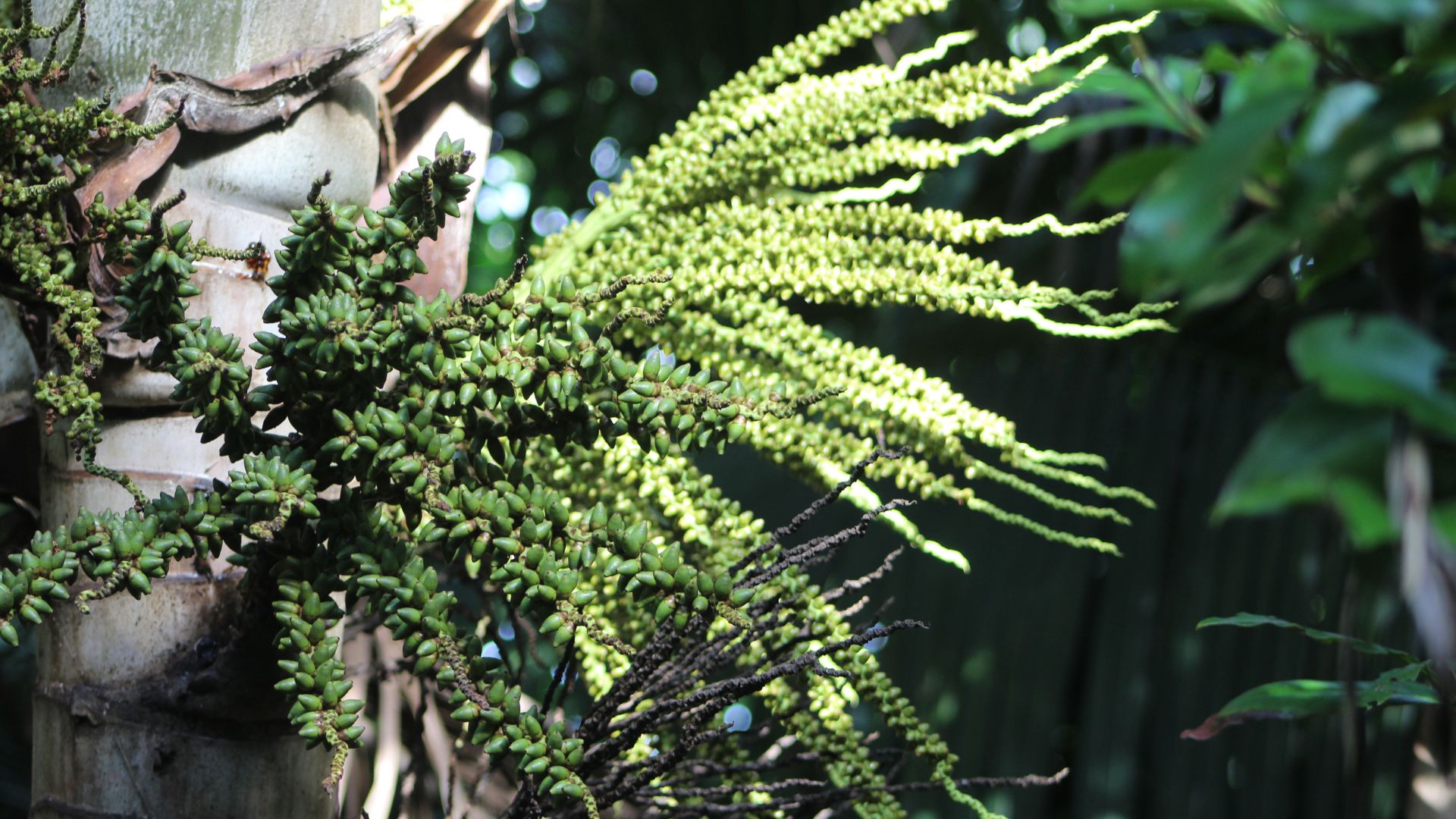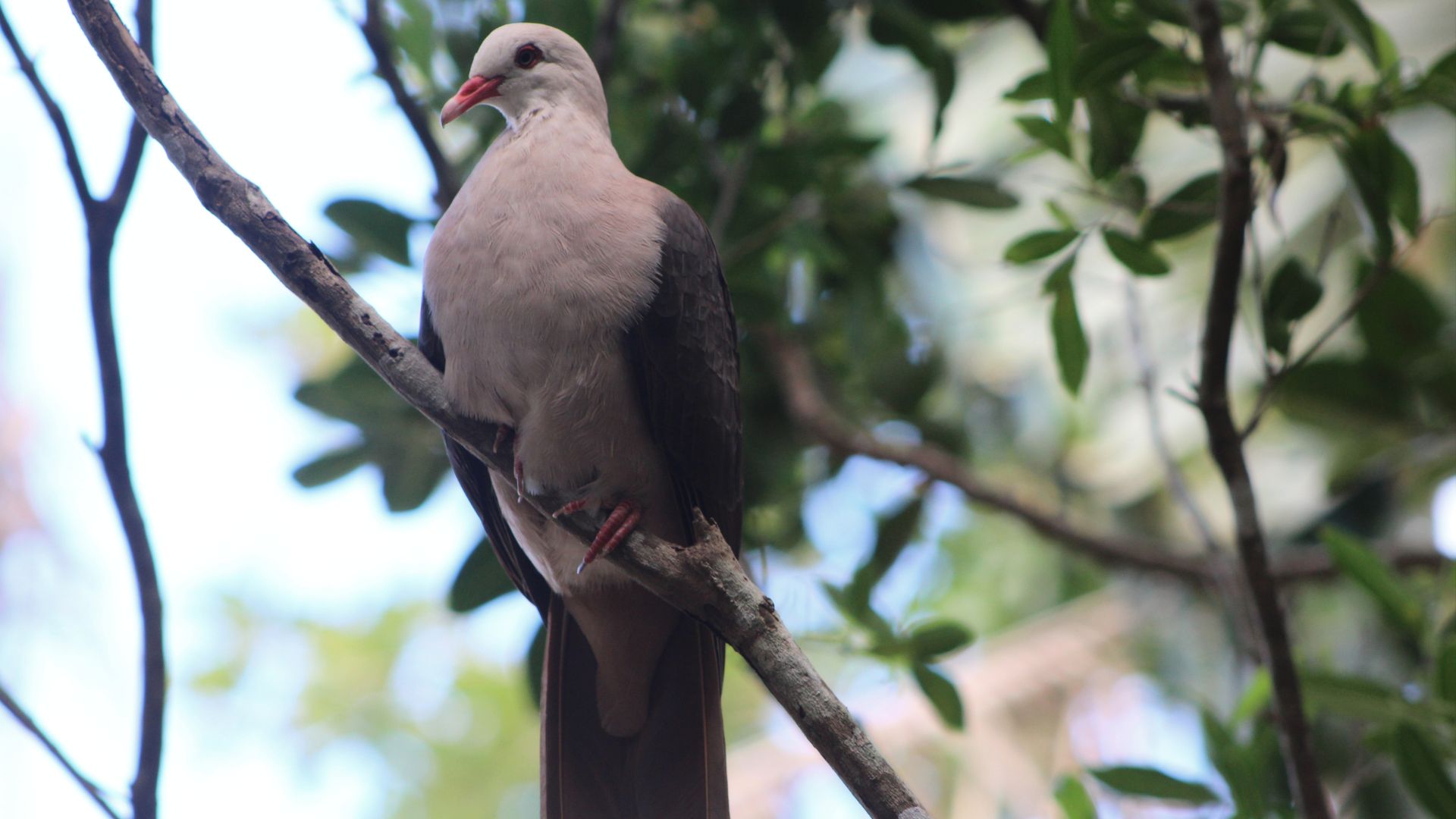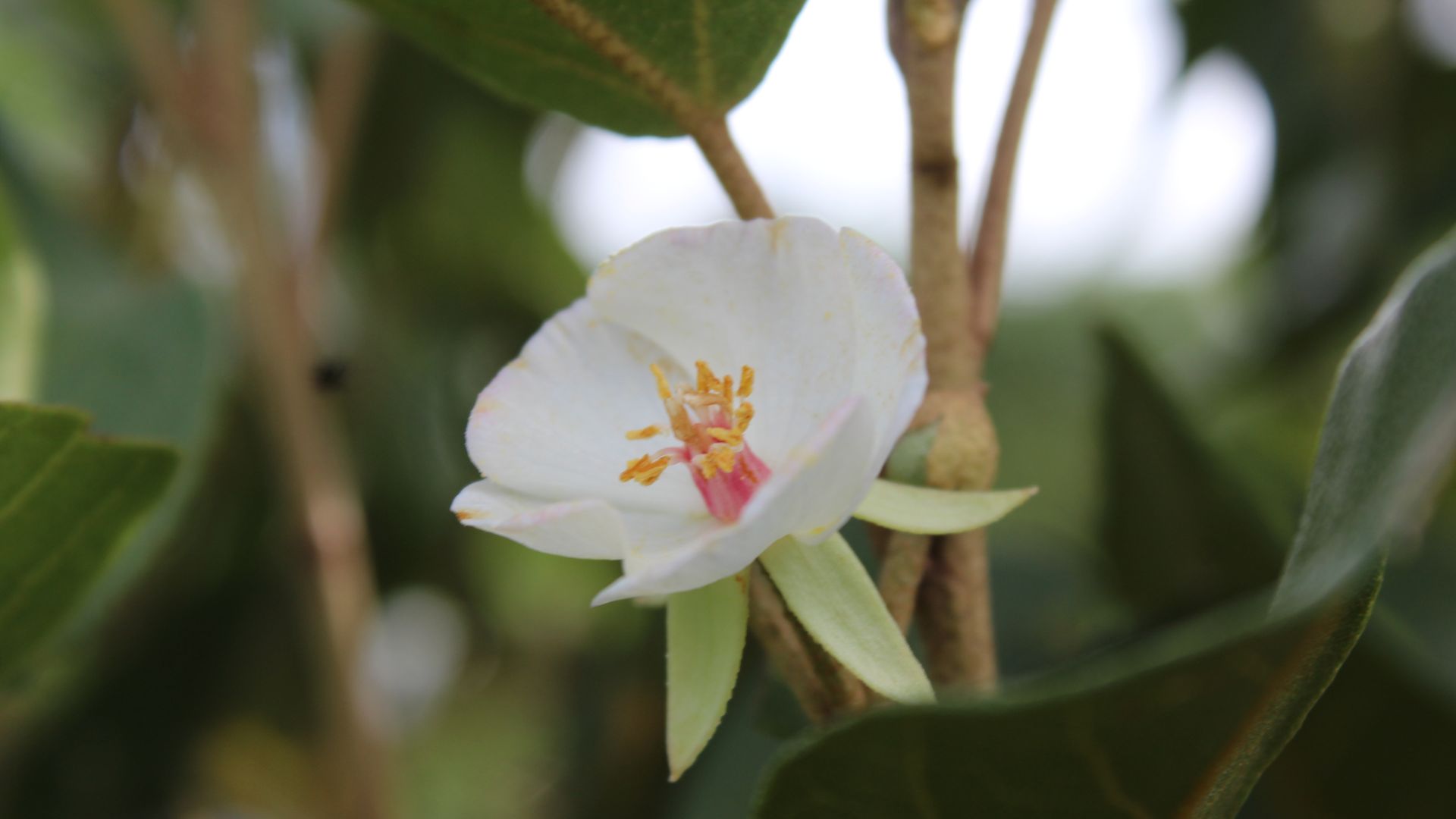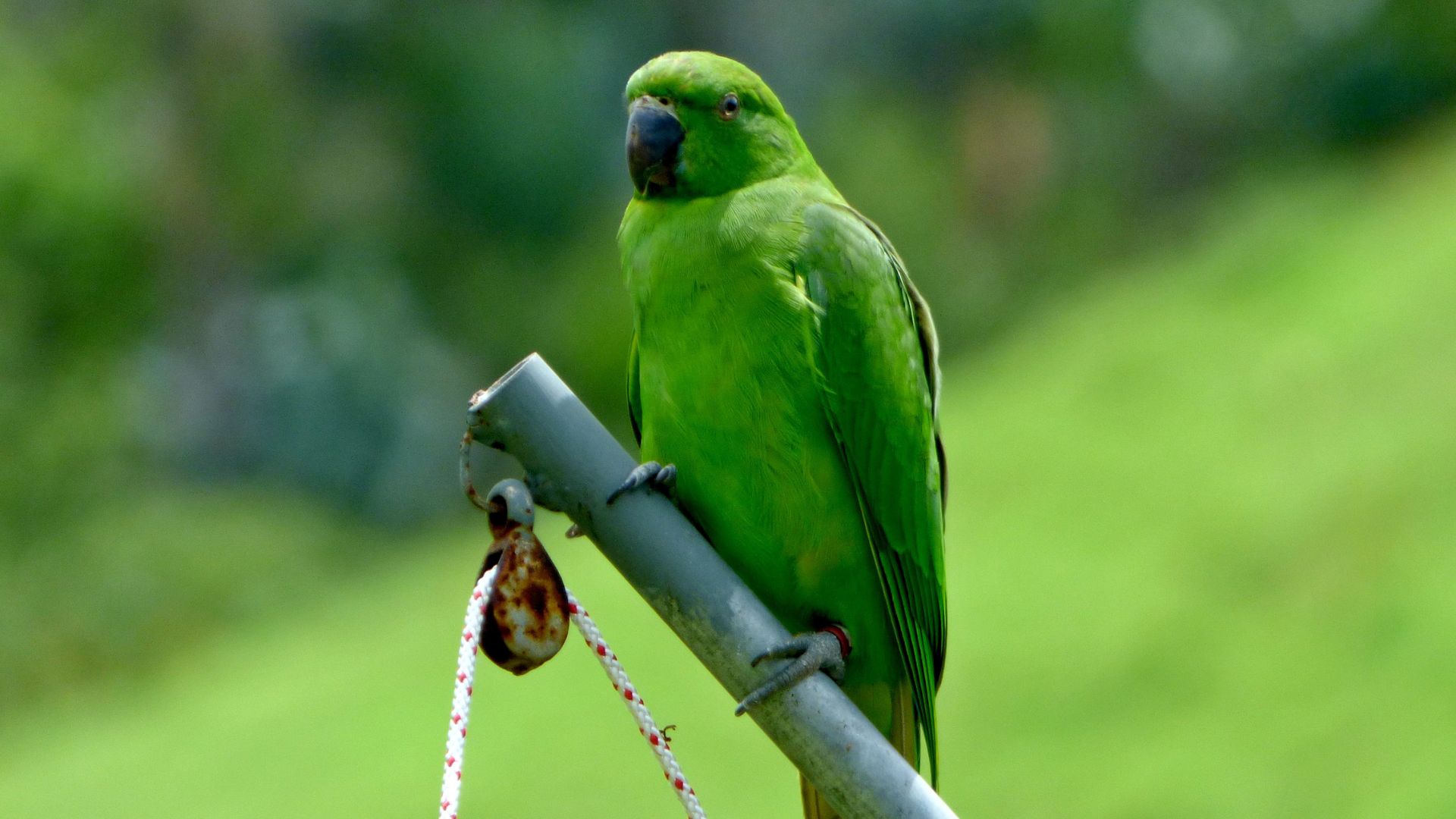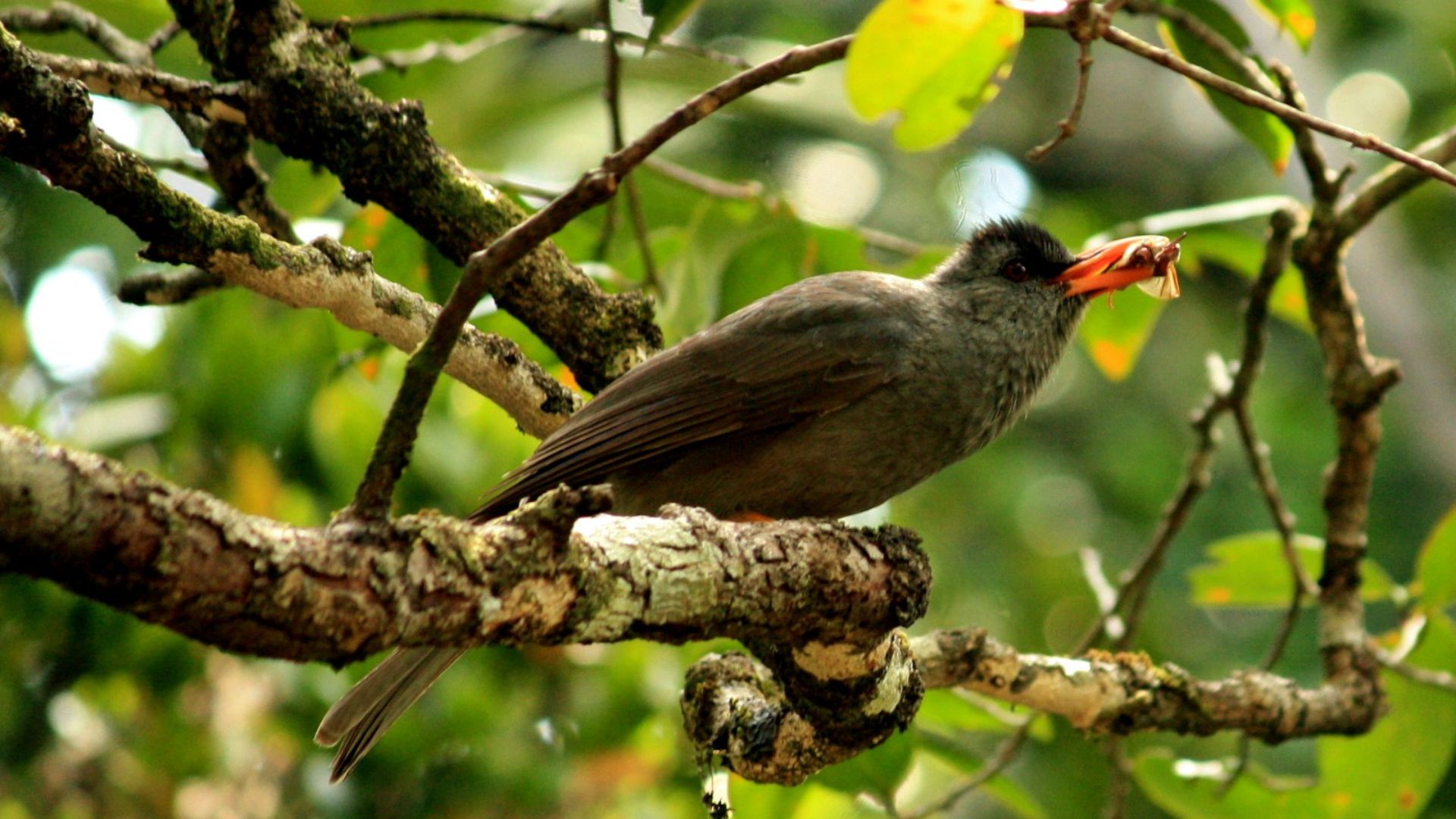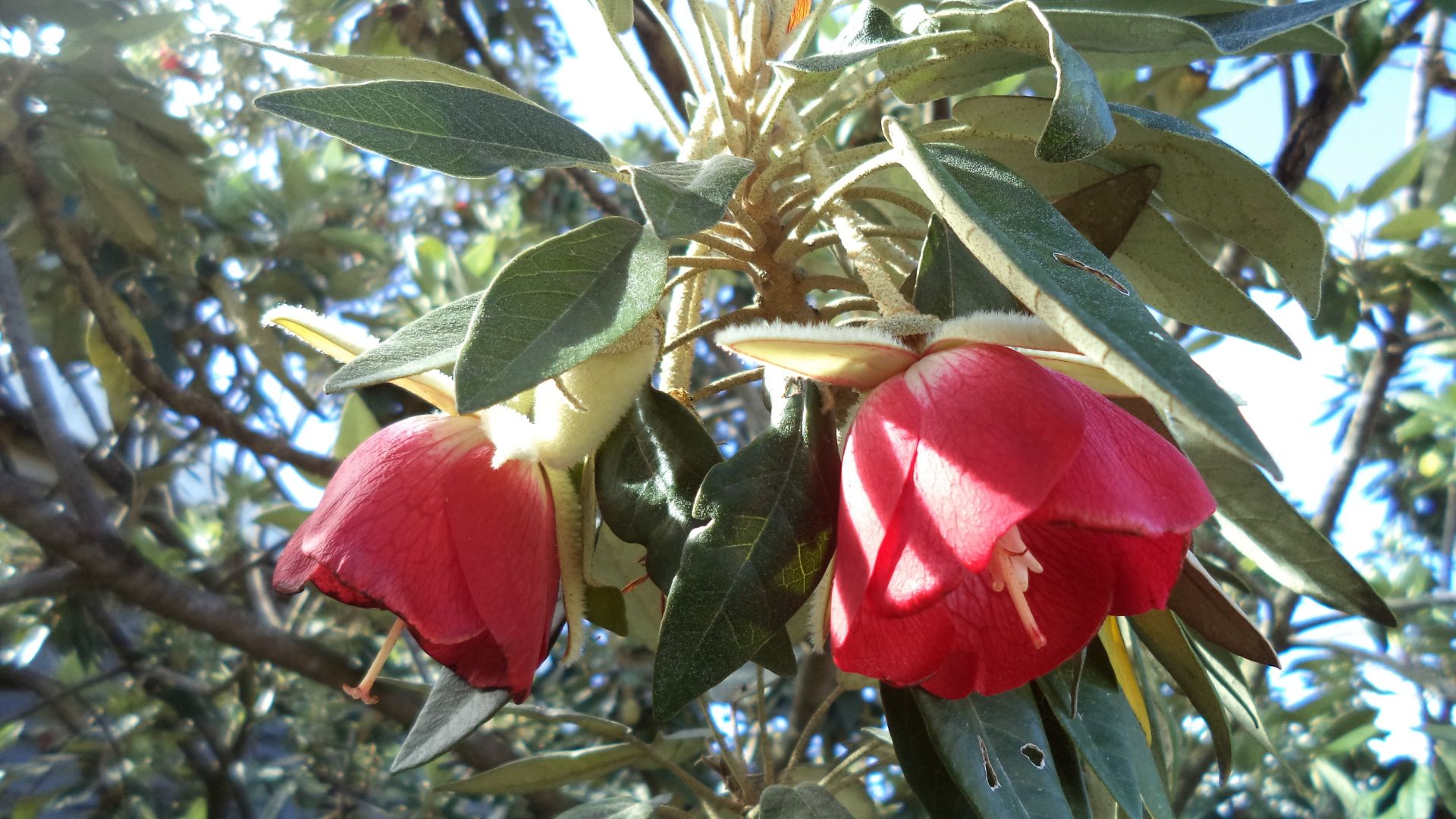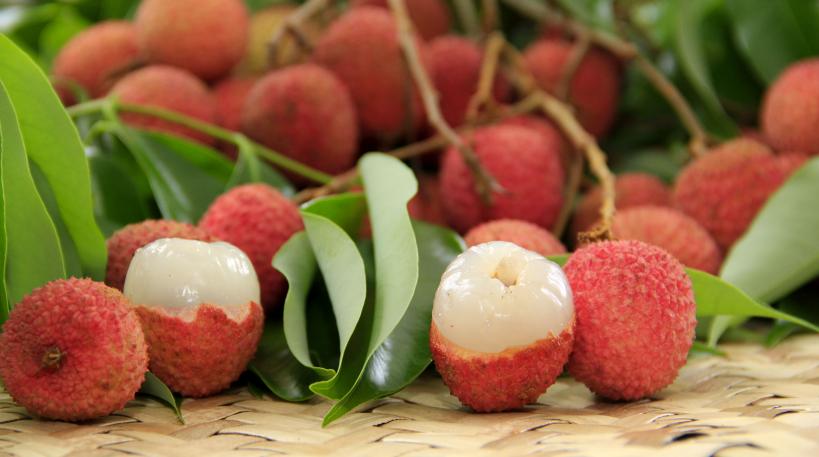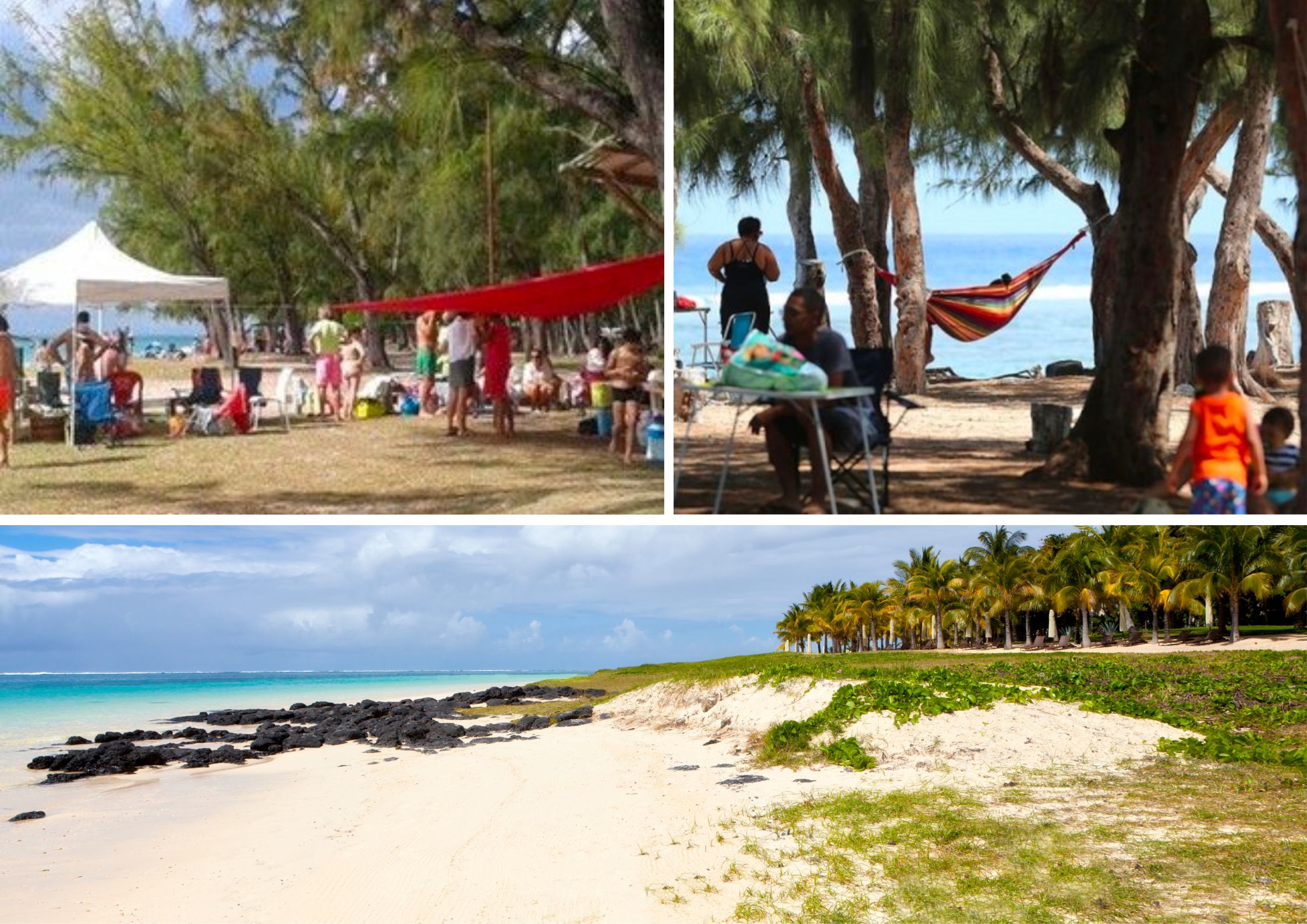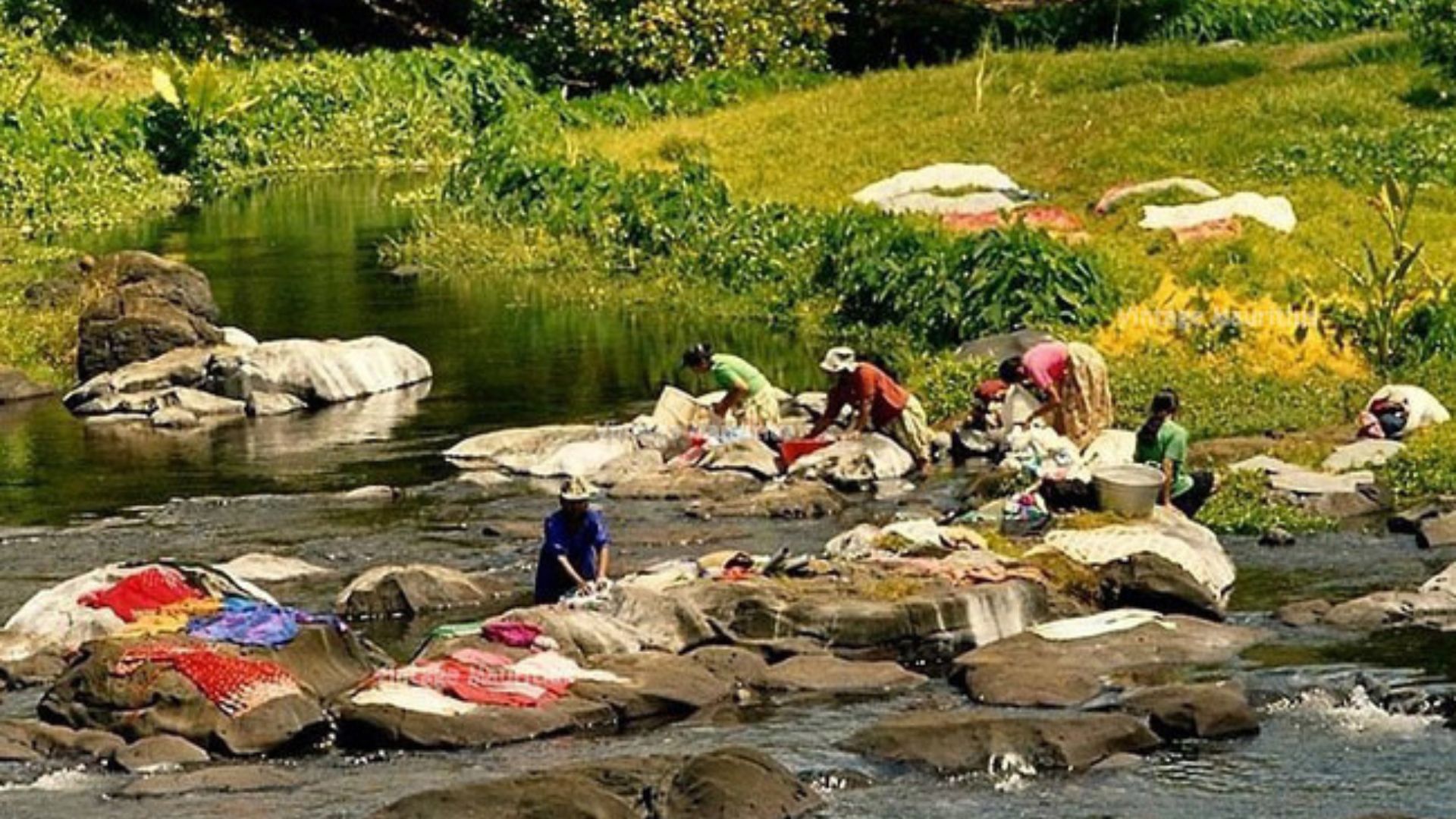Mauritius: Tall, black and beautiful
What a catchy headline, one which anyone would mistakenly think is about the human race, when in fact, it is not.
Johnny Hallyday, the hugely popular French singer, sang a cover of the Spanish rock band Los Bravos’ ‘Black is Black’: “Noir, c’est noir…il n’y a plus d’espoir” (Black is black, there is no hope left)! But in the South of Mauritius, hope was born from dark times: saving ebony trees and growing them in the midst of a dense and lush tropical forest at a time when only 2% of our indigenous forests are left. Therefore, an excursion, or rather an exploration, is recommended in one of the island’s most unspoilt area, located in Chamarel, a small picturesque village found some 330 metres above sea level, where one can enjoy the spectacular view of different shades of emerald green.
Out of the 50 hectares of land of Ebony Forest, 14 have been taken care of – cleared and cleaned up – to make space for beautiful Diospyros and other indigenous species. Together with their teams, Owen and Mary-Ann Griffiths have spared no efforts to bring a piece of Mauritius from before Man arrived and ebony trees reigned supreme, back to life.
The guides, passionate about their job, are delightful, efficient and extremely knowledgeable about the rare flora and fauna of the park. In the museum, a surprising one-meter diameter cross section of precious wood can be found. An urge to stroke this piece of glistening jet black varnished wood took me back to the Dutch period. Back then, the island was replete with ebony trees – although they were very heavy to carry – since their wood is so dense it does not float. I then understood why the grand pianos of that time were so expensive, the black keys being made of this wood which travelled long distances in rough seas to reach its destination.
I decided to go for a stroll to the Raised Walkway where a few subtle harmonious sounds were music to my ears in an otherwise quiet spot: the leaves rustling to the light breeze, the chirps of birds of various colourful feathers, the flapping of the fruit-eating bats flying low. A few geckos were lazily lying down and soaking up the sun on one of the biggest Pandanus (Vacoas) ever seen, which they have made their home, to hide from predators.
Following my desire to explore this forest further, I headed towards Sublime Point at my own pace. Some physical effort is required, but the view from above is entirely worth it! One gets an amazing panoramic view of Le Morne and the southern part of the island. At the foot of the mountain are found small villages whose inhabitants are most likely not even aware of the incredible and fantastic scenery seen from the top. From up there, I could see the immensity of the landscape: The West coast, flat lands and valleys, some arid, others lush. The blue sky and the Indian Ocean blend perfectly and stretch as far as the eye can see. I could have stayed there for hours but I am a thrill-seeker and therefore decided to keep climbing. Oh, how steep was the slope up to Piton Canot, located at an altitude of 550 metres.
Reaching the mountain peak is a real challenge but from the top, one can leisurely gaze at and soak in nature to replenish one’s spirit.
Following the guide’s advice, I had bought a token which would allow me to plant a tree in a forest clearing, thus leaving my mark – both literally and figuratively – on the precious lands of Ebony Forest, far from the crowds.
I came down off cloud nine, snapping out of my reverie and back to reality, as I wanted to leave a special legacy to future generations: planting an ebony tree. It would be a small symbolic gesture, and a big step for mankind, to contribute to protecting our forests and rare species.
I most certainly will not be around to witness the tree growth and strength, but I made myself a promise to stop by to see it whenever I am in area. I trust Mother Nature will take care of it, my very own ebony tree… my Diospyros.
All it would take for each person visiting the forest is this simple action, and dark times will be gone, no more ‘black is black’, but only hope that our children and all generations to come will be able to admire the tall, black and beautiful trees of our forests!
Natur Lza

